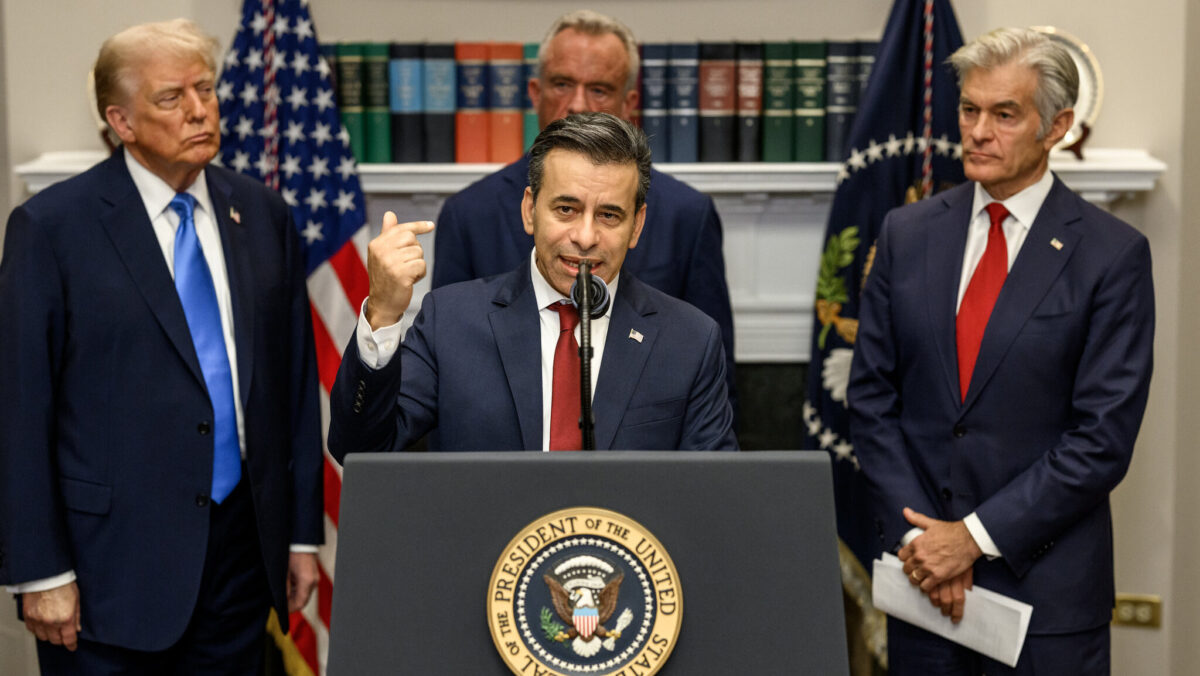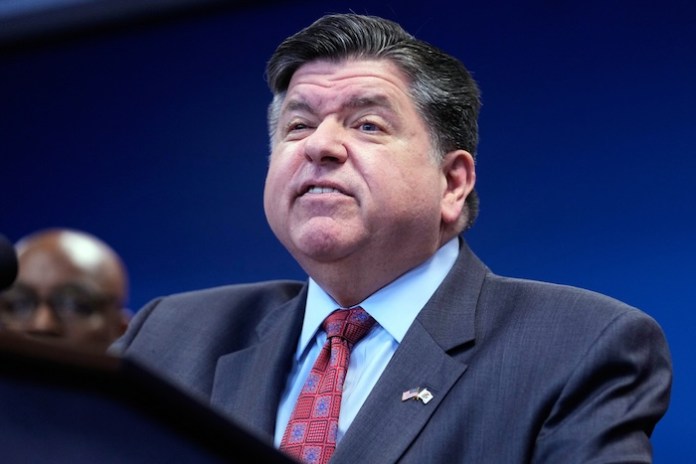Public health officials target Big Booze – Washington Examiner
A recent study published in *JAMA Network Open* highlights the potential health risks associated with alcohol consumption, particularly among older adults. Researchers analyzed data from a cohort of over 135,000 older drinkers and found that even low-risk drinking correlated with increased mortality among those with health-related or socioeconomic vulnerabilities. While some past studies have suggested that light drinking might have health benefits, this new research challenges that notion, indicating no safe level of alcohol consumption. The World Health Organization also supports this viewpoint, stating that there is no amount of alcohol that is risk-free regarding health effects.
Public health officials are advocating for government actions, including increased taxation on alcoholic beverages, to reduce consumption. The global alcohol industry is immense, projected to reach $1.7 trillion in revenue by 2024, with significant financial interests at stake. Historically, alcohol taxes have been a crucial revenue source for governments.
The debate continues over the effects of moderate drinking, with some experts arguing that the belief in potential health benefits is widely overstated. Critics assert that any alcohol consumption could pose health risks, reinforcing the need for public health strategies to address alcohol’s impact on community health.
Public health officials target Big Booze
A study of drinking in the United Kingdom by researchers in Spain and Boston is being used by public health officials to call for action by governments, from taxation to advocacy to enforcement, that would lead to less alcohol consumption.
“This cohort study in 135,103 older drinkers found that even low-risk drinking was associated with higher mortality among older adults with health-related or socioeconomic risk factors,” the authors wrote in the paper’s key findings.
The researchers did concede, however, that “wine preference and drinking only with meals were associated with attenuating the excess mortality associated with alcohol consumption.”
The paper appeared in JAMA Network Open, a publication of the American Medical Association, on Aug. 12. In interviews, the paper’s lead author went further than the paper’s at times tentative findings dared to.
“We did not find evidence of a beneficial association between low drinking and mortality,” Dr. Rosario Ortolá, an assistant professor of preventive medicine and public health at Universidad Autónoma de Madrid, told the New York Times. However, the researchers did see cancer risks rise “from the first drop.”
The paper tried to explain vexing results such as the “apparently lower mortality of light drinkers compared with abstainers” by theorizing that self-described abstainers may “include former drinkers who quit alcohol due to poor health, as well as lifetime abstainers, who often have worse lifestyle and health characteristics than regular drinkers.”
The JAMA paper came on top of last year’s declaration by the World Health Organization that “when it comes to alcohol consumption, there is no safe amount that does not affect health.”
The WHO also published a report on global alcohol taxes last year. It argued that “excise taxes on alcoholic beverages are underutilized” and urged countries to “increas[e] taxes more systematically so that alcoholic beverage products become less affordable and as a consequence effectively reduce alcohol-related harms.”
How big is Big Booze?
In focusing on all alcohol, public health experts are aiming at a massive target. The global alcohol industry is so large and varied that it can be hard to quantify.
The three main parts of the alcohol industry are grouped under beer, wine, and spirits. There are also other significant beverage markets such as mead and weird crossover drinks like hard seltzers.
Alcohol is a market with projected revenues of $1.7 trillion globally in 2024, according to Statista data, with significant long-term growth on the horizon. By 2028, it is expected to gross north of $2 trillion.
American beer, wine, and spirits sales were about $156 billion, $107 billion, and $38 billion last year, respectively, according to data from Mintel, BMO, and the Distilled Spirits Council of the United States. That comes to a back-of-the-envelope total of about $301 billion.
As for volume, in 2023, the U.S. beer industry shipped about 6 billion gallons of beer. Those of legal drinking age purchased about “24 gallons of beer, malt-based beverages, and cider per person,” the National Beer Wholesalers Association reported.
Alcohol taxation has been a major source of revenue for the U.S. government almost since its founding. The first American alcohol tax predates the Bill of Rights. President George Washington put down a small rebellion over whiskey taxation in Pennsylvania in 1794.
Flash forward to 2022. The federal government collected over $11.3 billion in federal excise taxes that year, according to the IRS, and that was before the federal taxman took additional cuts of personal and business income.
The states often take a significant cut on top of that. “Like the federal government, most states apply the stiffest tax rates, and more restrictive regulations, to distilled spirits,” Adam Hoffer, the Tax Foundation’s director of excise tax policy, found in a report last year. Washington state’s tax is the highest at $36.55 per gallon. Only New Hampshire and Wyoming declined to level a special tax on spirits.
In other words, alcohol is already a heavily taxed cash cow in most locales. Efforts to curb its consumption by public health experts could directly affect the bottom lines of state governments that have to balance their budgets.
Case not closed on moderate drinking
It’s also possible that public health officials are wrong about the health effects of moderate alcohol consumption.
“There is a pervasive myth that low or moderate alcohol consumption improves health outcomes,” David Cutler, family medicine doctor at Providence Saint John’s Health Center in Santa Monica, California, told Healthline.
He added, “Nothing could be farther from the truth. The fact is that populationwide studies demonstrate that any alcohol consumption can have a negative health impact. So, it is difficult to argue with the general conclusion that alcohol consumption may be dangerous to your health.”
Christopher Snowdon, head of lifestyle economics at the Institute of Economic Affairs in London, points out that “myth” is based on hundreds of studies, most of which found some positive effects of moderate drinking, including healthier hearts.
In fact, in a recent commentary on Substack that Snowdon pointed the Washington Examiner at, he charged a meta-study claiming to overthrow that body of evidence with an “extraordinary amount of cherry-picking.”
The authors of that study, published in the Journal of Studies on Alcohol and Drugs, “started with 3,248 relevant studies of which 3,125 were immediately discarded. This left 123 cohort studies to which they added 87 relatively recent cohort studies. They then discarded 103 of these because they didn’t meet … increasingly stringent and somewhat arbitrary criteria. This left 107 studies, but there was still work to do.”
Additional filters reduced the “quality” studies down to 21, then 18, then 15, but those “still show[ed] lower risk for moderate drinkers.” Further filtering reduced the studies to six, which finally shed “the apparent benefits of moderate drinking.” Filtering out one more study finally proved that “moderate drinkers are now at greater risk than teetotallers.”
" Conservative News Daily does not always share or support the views and opinions expressed here; they are just those of the writer."




